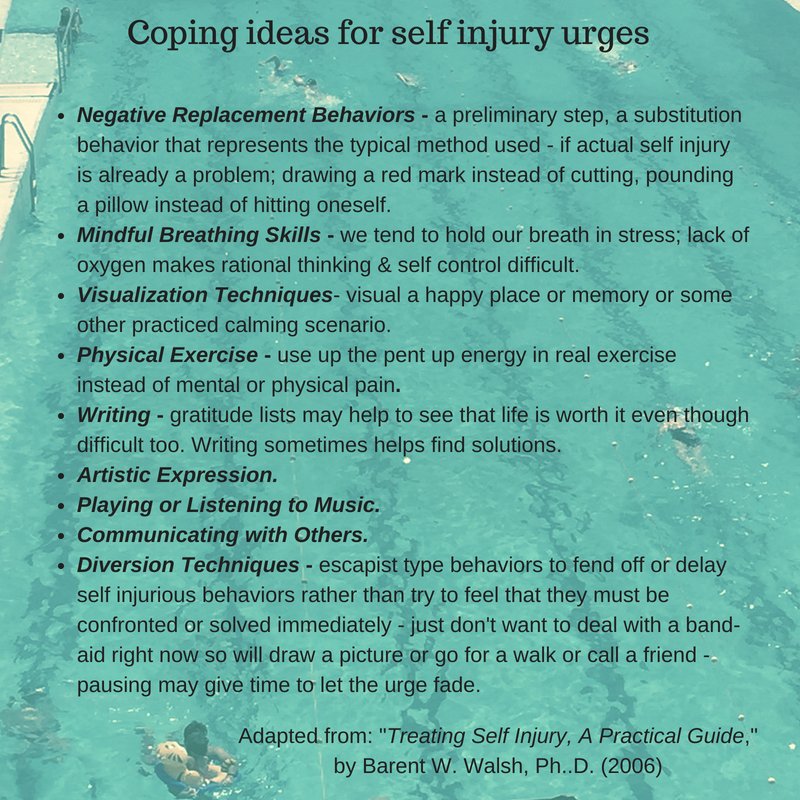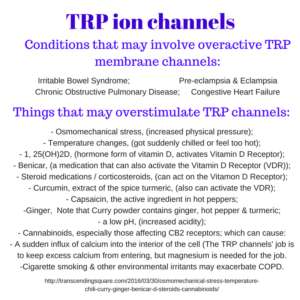Addition, 7/21/16, there is more information about mitochondria and chronic illness at this link: https://www.sott.net/article/321987-Thanks-Big-Pharma-for-the-Mitochondrial-collateral-damage, the site also has a few other articles on the topic which I haven’t read yet and the topic of magnesium doesn’t come up until you reach the comment that I added. I will have to read more about this topic. Medications that cause an imbalance in calcium and magnesium could be causing stress to the mitochondria and lead to their death and to chronic illness.
- This article is short introducing a long video. A quote from the short text does mention nutrient deficiencies can be involved, “Nutrient deficiencies are a contributing factor to mitochondrial dysfunction. ” https://www.sott.net/article/308212-Mitochondrial-dysfunction-GMOs-Glyphosate Glyphosate Inhibition of vitamin D metabolism could lead to magnesium and calcium imbalance which could be stressing mitochhondria and lead to chronic illness.
- An abstract with a link to the full text: https://www.sott.net/article/264786-Oxidative-stress-mitochondrial-damage-and-neurodegenerative-diseases
- https://www.sott.net/article/294075-Fibromyalgia-as-a-mitochondrial-disorder
- I haven’t watched the video or read all of the articles yet but fibromyalgia is what I had symptoms of that were bad enough to lead to my giving up wheat and gluten products initially. It simply hurt too much when I ate them. And I got better without gluten. Maybe it was the gluten or maybe my genetics with errors in the vitamin D metabolism. I will have to get back to this topic but I share the information now because pain hurts and if even one person is helped then I would be glad. *And I was a professional gourmet baker, I know how to make from scratch croissant, and French baguettes and loaf breads of many types as well as cookies and quick breads. I love wheat products but they didn’t love my body.
A comment of mine that is awaiting moderation posted on another site:
Mitochondria need lots of magnesium (and magnesium is also necessary for white blood cells to be able to perform apoptosis.) “Additionally, exposure to low Mg upregulated plasminogen activator inhibitor-1 (PAI-1) [24]. PAI-1 is considered not merely a marker of senescence, since it is both necessary and sufficient for the induction of replicative senescence downstream of p53 [27].” by D. Killilea and J. Maier, “A connection between magnesium deficiency and aging: new insights from cellular studies” Magnes Res. 2008 Jun; 21(2): 77–82. http://www.ncbi.nlm.nih.gov/pmc/articles/PMC2790427/. Please U. of Penn. researchers, look into preventing cancer by providing mitochondria with a healthy diet instead of by providing them with some sort of pharmaceutical designed to manipulate P53 — just prevent P53 from being induced by providing adequate magnesium to the cells. Thanks.
The comment is in response to this article which is about recent animal based research that suggests that a cell’s mitochondria when under stress may produce a chemical (P53) that may lead to cancer: http://scienmag.com/penn-team-finds-mitochondrial-stress-induces-cancer-related-metabolic-shifts/#comment-7188
Now I know mitochondria need a lot of magnesium so one search led to the link in the comment and ~391,000 other links, https://www.google.com/webhp?sourceid=chrome-instant&ion=1&espv=2&ie=UTF-8#q=mitochondrial+stress+P53+calcium+magnesium, including this one:
by Giorgi C., et. al., “p53 at the endoplasmic reticulum regulates apoptosis in a Ca2+-dependent manner” PNAS, Feb. 10, 2015, vol. 112, no. 6, pp 1779–1784. http://www.pnas.org/content/112/6/1779.full.pdf
Apoptosis is the method by which white blood cells are able to kill infected or malfunctioning or old cells. Calcium and magnesium are both electrically active and can both act as signals to promote different types of cellular actions. Magnesium is most active within cellular fluid and calcium entry into cells is limited in part by ion channels that are powered by magnesium. So a magnesium deficient cell can allow too much calcium to enter the cell and within the cell calcium can cause a variety of actions and can even over activate the cell to the point of cell death. (155,000 search results for “excess calcium overworks mitochondria” : https://www.google.com/webhp?sourceid=chrome-instant&ion=1&espv=2&ie=UTF-8#q=excess%20calcium%20overworks%20mitochondria and which includes a link about the nerve degeneration disease ALS: http://www.ncbi.nlm.nih.gov/pmc/articles/PMC2933290/ so it looks like if I want to protect myself from cancer or ALS I should not stress out my mitochondria by maintaining a good intake and internal balance of both magnesium and calcium.)
Another addition to look into more at some point – P53 and apoptosis has been found to be affected by treatment with a homeopathic preparation (which would be a completely non-toxic energy based treatment. http://www.jcimjournal.com/articles/publishArticles/pdf/S2095-4964(16)60230-3.pdf
/Disclaimer: This information is provided for educational purposes within the guidelines of fair use. While I am a Registered Dietitian this information is not intended to provide individual health guidance. Please see a health professional for individual health care purposes./


